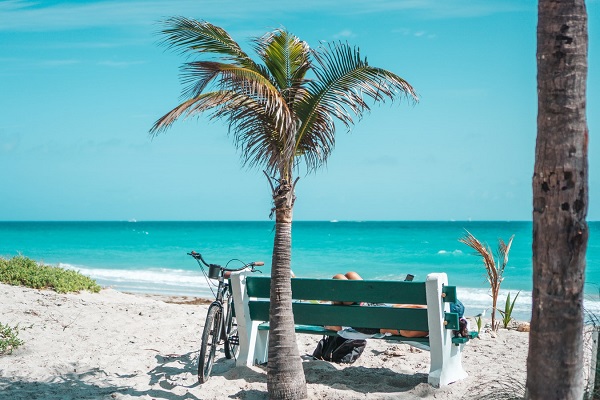You’d be forgiven for thinking that the Caribbean was purely about hedonism. After all it’s been the poster child for exotic holidays and enjoyment since international tourism began. People have grown up dreaming of trips and vacations to this land of crystal water and lilting palm trees.
But there’s more to the Caribbean than this. The story of the islands truly began in the 15th century alongside the Spanish explorers who first colonised the islands that make up the Caribbean. Known as the West Indies thanks to Christopher Columbus and his misunderstanding of how far he had travelled. He had, in fact, thought he’d travelled right across the world to Asia, then known as the “Indie”.
From that point onwards, other European powers began to make inroads across the region. The English made landings at the likes of St Kitts and Barbados. The French in Martinique and Guadeloupe. The Caribbean essentially became a miniature version of Europe with countries fighting for control, land and space.
The colonists dreamt of gold but instead found the opportunity to grow sugarcane. Interestingly it wasn’t a local plant but thrived in the climate. This led to the surge in plantations and with that the rise of slavery. Over 5 million Africans were enslaved and brought to the Caribbean, with nearly half of those brought to the British colonies.
Fast forward to the land of holidays
Jumping forward in time to the near modern era and the advent of popular tourism. The ever-growing middle class in Europe and North America meant additional expendable income, and so the mass tourism process had begun. Air travel was suddenly economical and affordable and so the Caribbean became accessible to more.
Those living and working in the Caribbean nations found a shrewd way of making a living in their natural playground for those willing to part with their hard-earned cash. Tourism trade exploded and by the 1990s huge, glistening white cruise ships adorned every harbour and the economies of the area grew with them.
It’s certainly not every nation, especially those of micro size, but most islands have visitors in the hundreds of thousands every year with the Dominican Republic taking the prize with over 6 million visitors a year.
It’s not just about the sun and sand
The Caribbean has a rich cultural heritage and has been the birthplace of 4 Nobel Laureates over the last 60 years. 3 of whom, Saint-John Perse, Derek Walcott and Sir V.S Naipaul won the Nobel Prize for Literature. Their writings both poetic and in narrative won international acclaim. And in 1979 Sir Arthur Lewis took the prize for Economic Science thanks to his pioneering research into economic development.
You’d be correct in assuming that a great deal of the Caribbean is focused on the tourist trade, but it’s important to note that there’s so much more beyond that. Researchers at the forefront of their fields, deep rooted cultural heritage, a vibrant history and environmental campaigns fighting for the very land that so many benefit from.
What is to come?
So what’s next? The world is slowly, but surely, opening up following the global pandemic of 2019-2021 and there’s a vibrant future in front of us all. And what might be coming for the Caribbean?
It’s unsurprising that those investing in the Caribbean have focused on onshore investments, focusing on the likes of manufacturing, tourism and production such as fisheries. But in recent years, investors have begun to consider the Caribbean for more than what is physically available on the islands and have shown more interest in the islands location as a business centre and the potential for domestic economic growth.
This is a big ask. It involves a change in mindset by not only the local population but those looking to work with and visit the islands. This evolution will be fascinating to see and it will certainly lead to the Caribbean being more than the old visage of sun, sea, sand and sex. But it will still, and always will be, that for some.




